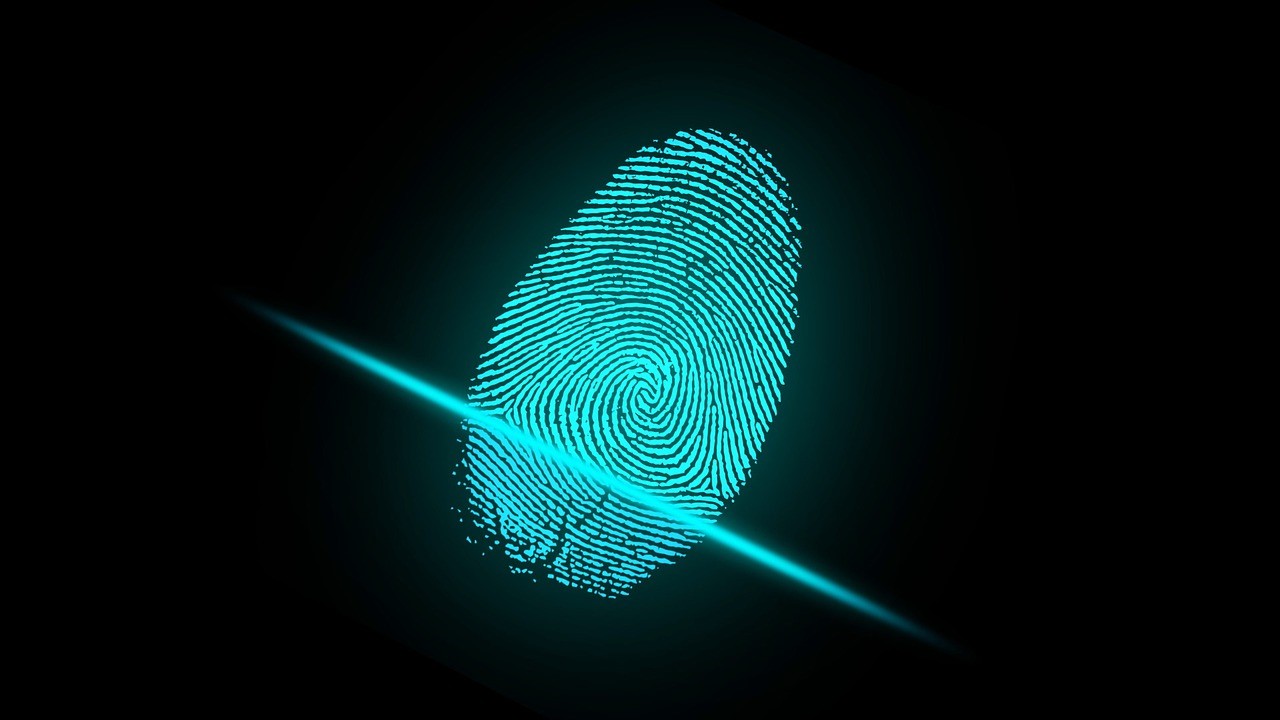
By Heather Hamilton, contributing writer
The Los Angeles Police Department’s Real-Time Analysis Critical Response (RACR) Division has partnered with private technology company Palantir in an attempt to figure out how exactly we police in an age of big data.
Palantir offers software that integrates and analyzes clues from other law enforcement data sources. Tech Crunch says that it works like this: A detective might type a suspect’s first name and physical description into a computer and then the database searches for possible suspects. The software can track things like age, tattoos, gang affiliations, vehicle ownership, etc., making it searchable and sortable to help narrow the field of suspects, even with limited information.
Andrew Guthrie Ferguson recently released “The Rise of Big Data Policing: Surveillance, Race, and the Future of Law Enforcement,”which further delves into big data policing and what it might mean for the public at large.
In an interview with Gizmodo, He writes, “My work shines light on the ‘black data’ arising from big data policing: ‘black’ as in opaque, because the data exists largely hidden within complex algorithms; ‘black’ as in the next new thing, given legitimacy and prominence due to the perception that data-driven anything is cool, techno-friendly, and futuristic; and finally, ‘black’ as distorting, creating legal shadows and constitutional gaps where the law sued to see clearly. Black data matters because it has real-world impacts.”
The subject is tricky because technology helps fill in the potential holes, too, using things like automated license plate readers to locate a potential suspect’s vehicle, which leads to detectives interviewing relevant witnesses and eventually making an arrest. Ultimately, technology and human police work are combining to lead to more efficient crime solving.
Police departments are also relying on existing data to help them. By using predictive policing, they can send patrols to areas where crime is statistically more likely to occur, which they hope will both stop the crime and deter potential criminals from certain locations.
Facial-recognition software is also being used in some police work and is expected to grow as technologies develop. Software links footage from existing camera systems to databases to identify potential criminals, which can lead to an arrest. While some worry over privacy issues facing these technologies, law enforcement sees a lot of potential for good police work.
Crime data, gang data, associational data, location data, environment data, sensor and surveillance data, and personal data is readily available and makes up a growing group of big, digital data at our fingertips. And, aside from the data that is mined specifically for police use, there’s social media, phone number and email lists, and a variety of records that can be sold for police use.
Of course, while this data has the potential ability to assist police work, it also paves the way for problems. By relying on algorithms and artificial intelligence to offer predictions, certain communities are often targeted. In his book, Ferguson reports that often, crime suppression targets communities of color. Surveillance overreach makes many civilians feel uncomfortable, even if they aren’t doing anything wrong.
Policing big data is still in its infancy, and there’s obviously work to be done.
“The combination of class-based and crime-based gaps means that any big data policing system — at best — works on only half the crime data available,” writes Ferguson. “Such a distortion signifies a huge limitation of data-driven systems, and on a very basic level, the distortion challenges the reliability of the results from data-driven strategies. Police resources and technological investment go into fighting the crime we can see, not necessarily the crime that exists. For victims of sexual abuse, trafficking, drug addiction, and other less reported, and, thus, less measurable crimes, this neglect can have a real impact, because a data-dive policing system without complete data may give a false vision of success.”
Sources: Tech Crunch, Gizmodo, Time, Slate
Image Source: Pixabay
Advertisement
Learn more about Electronic Products Magazine





